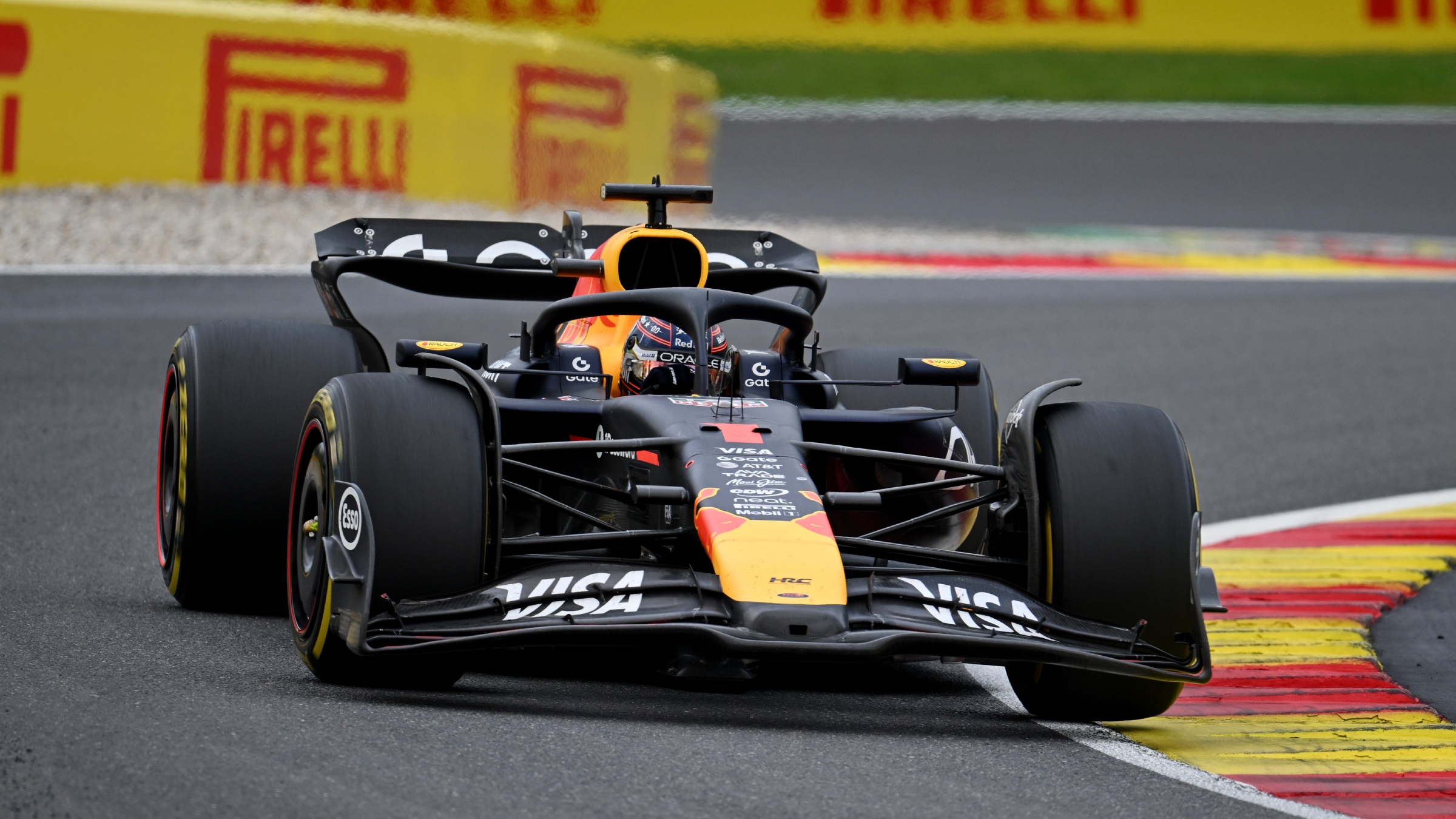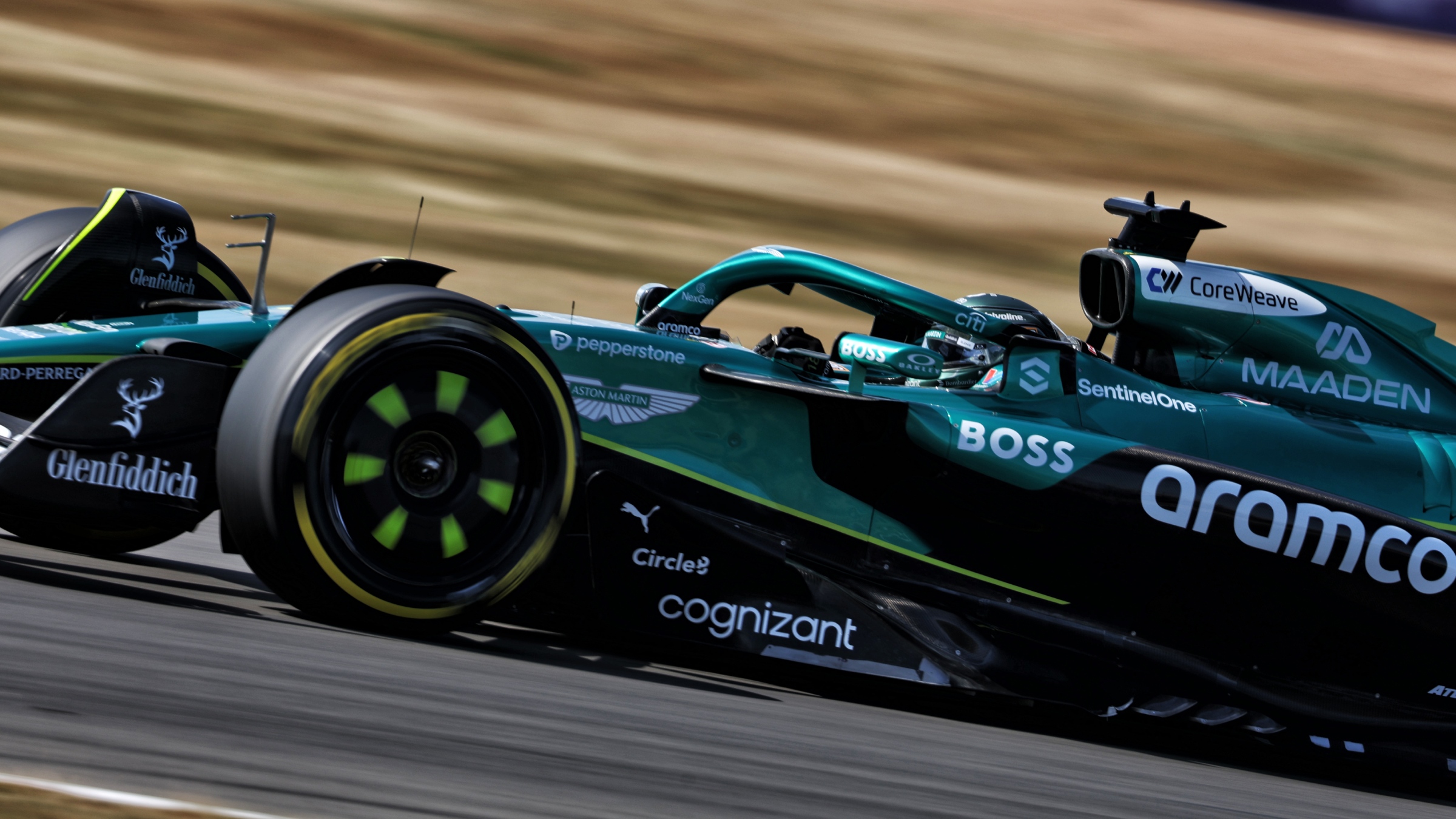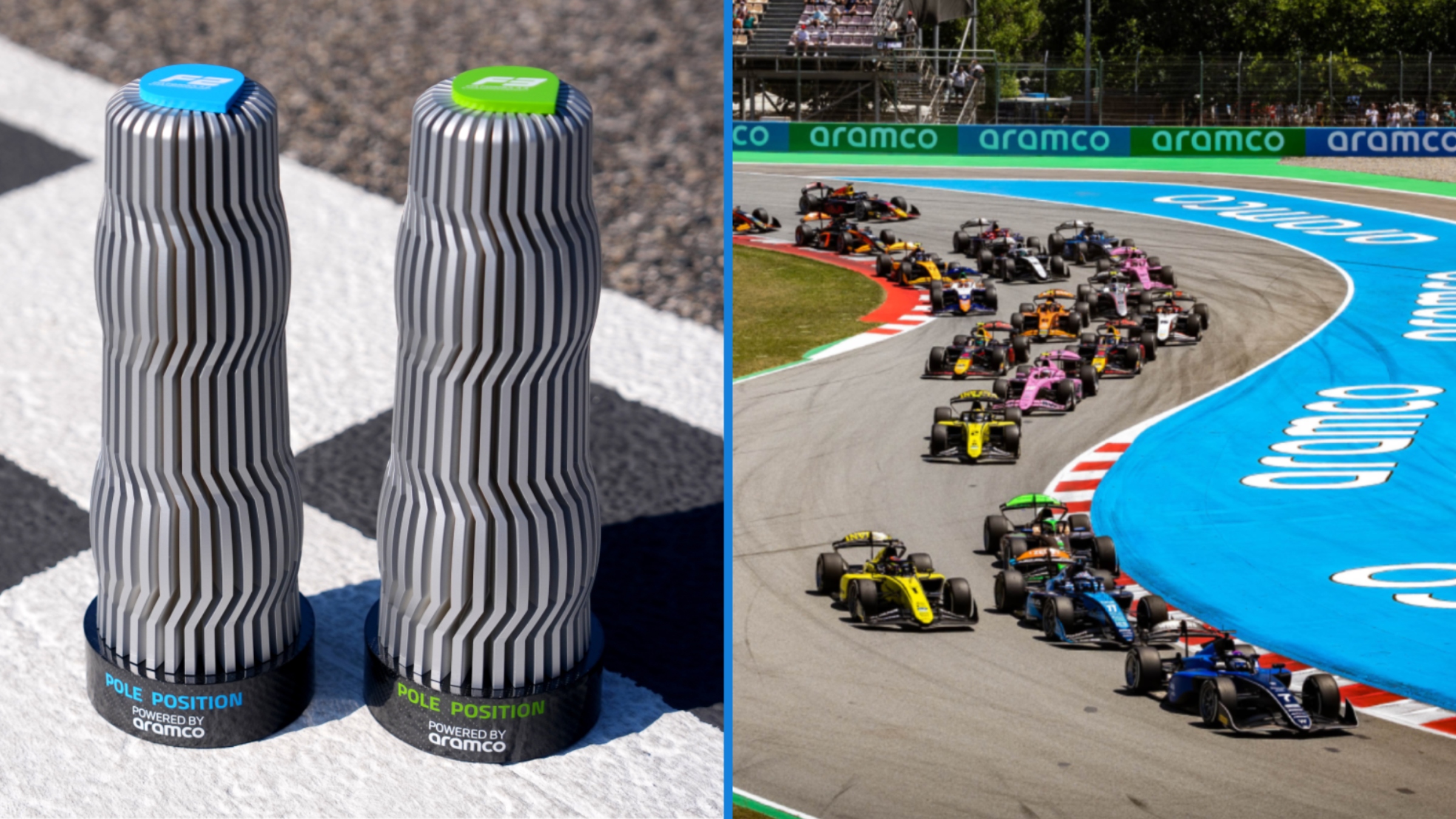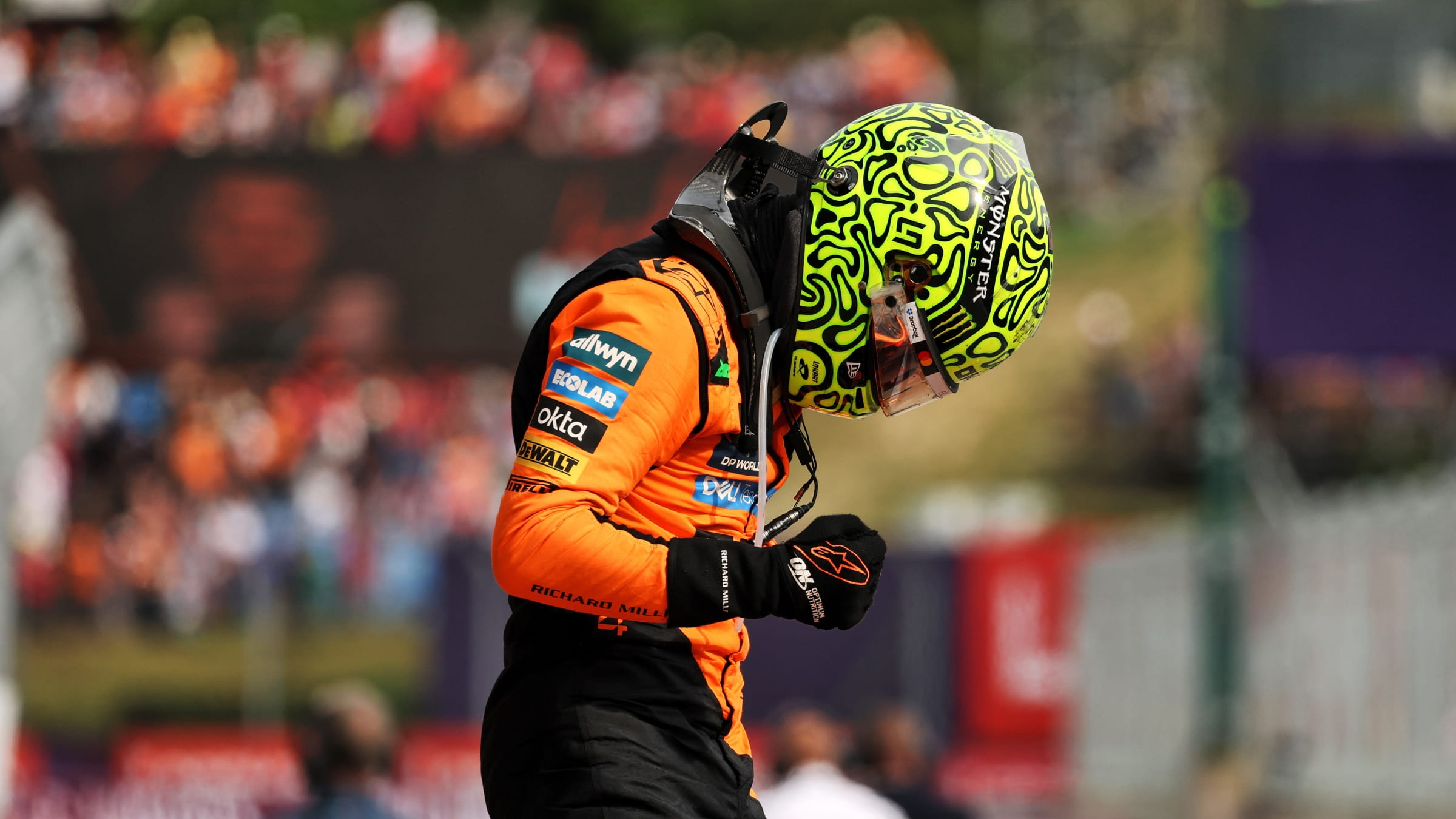Event
The Formula 1 engineer’s guide to the 2025 Dutch Grand Prix at Zandvoort
by Raceteq
4min read
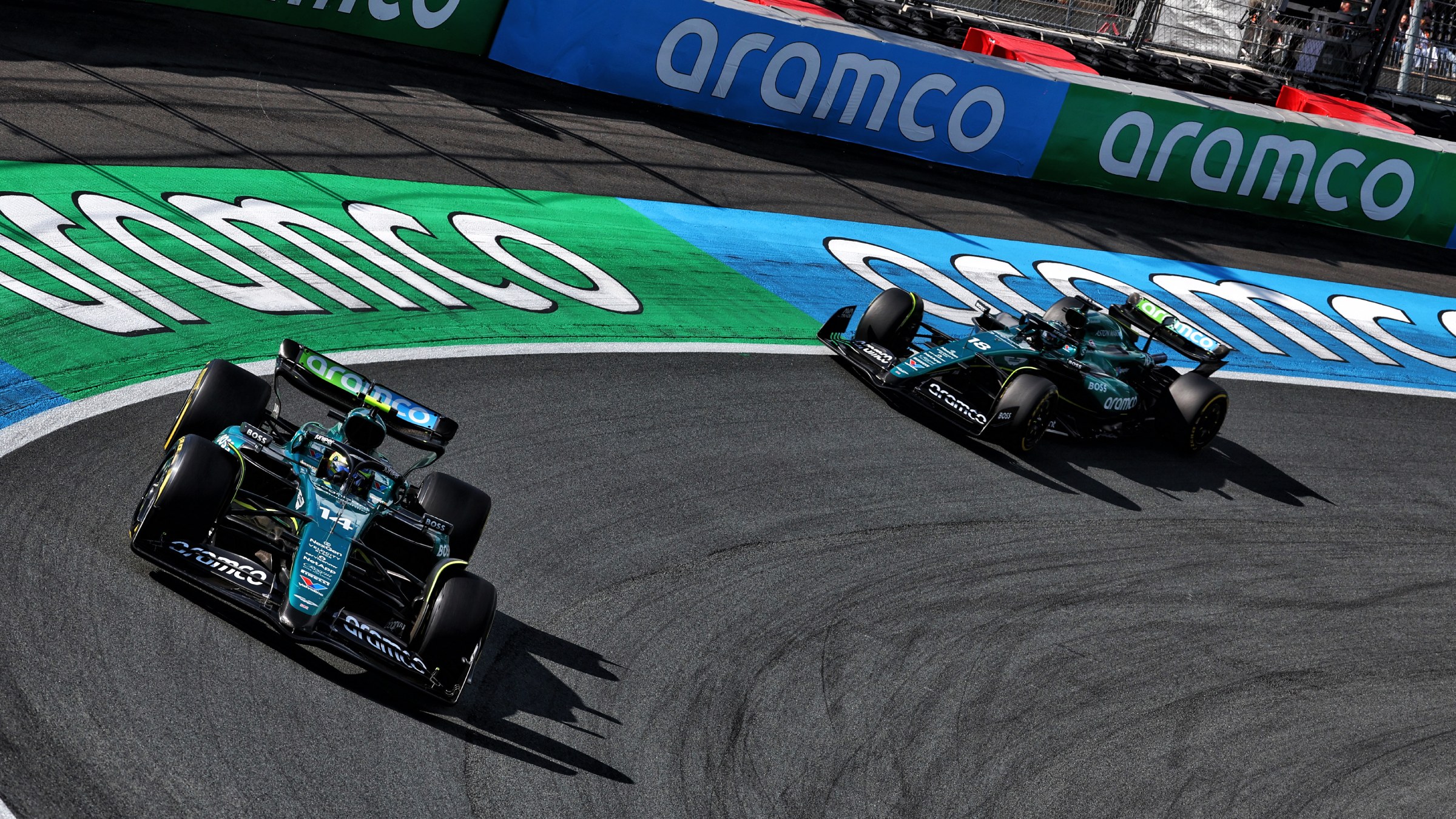
Dutch Grand Prix venue Zandvoort is a unique Formula 1 circuit as it includes steep banked corners where drivers can push their cars round much harder than all other tracks.
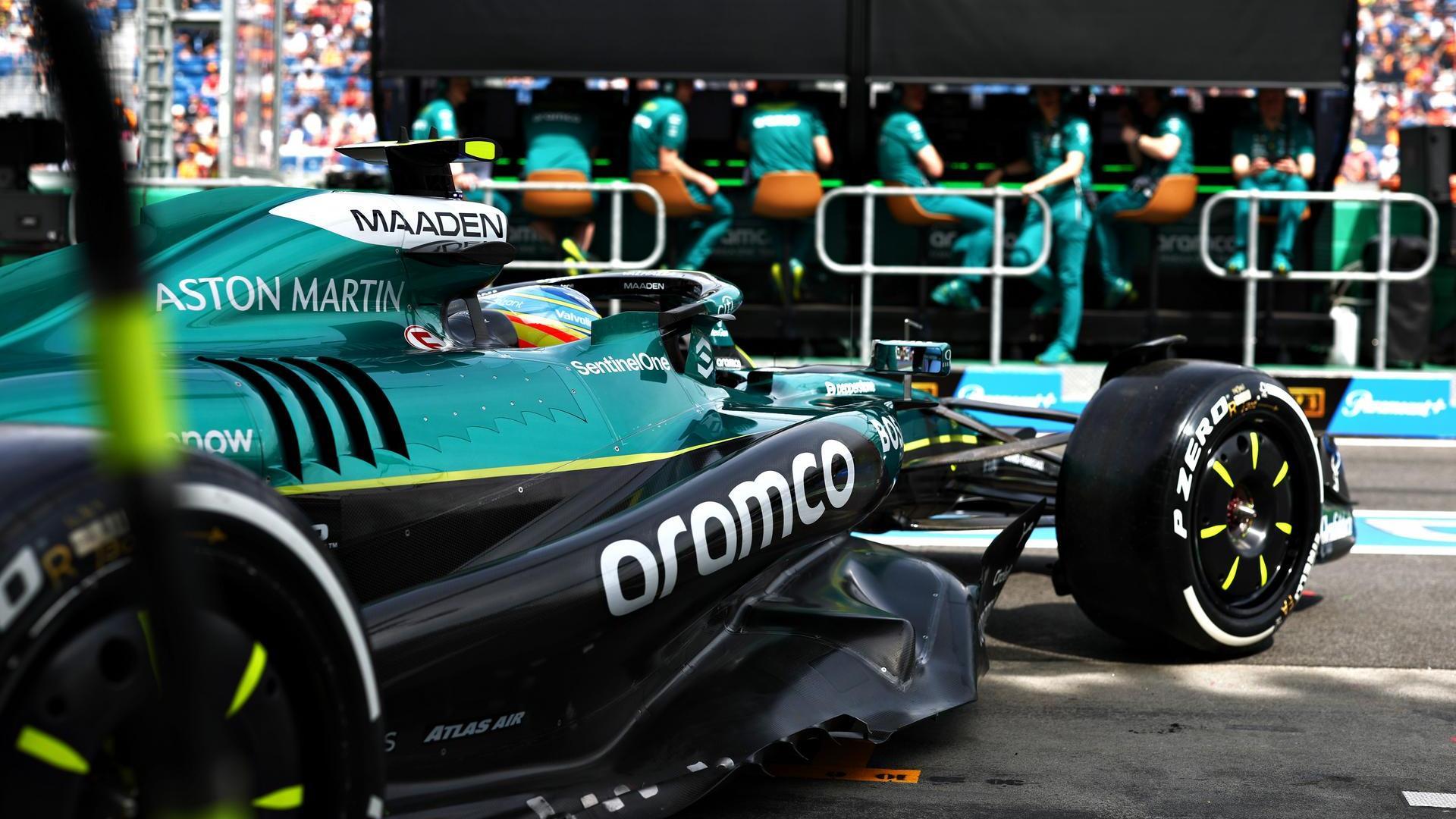
Sign up for a newsletter and we'll make sure you're fully up-to-date in the world of race technology
These banked corners aren’t quite as long in radius as those found in IndyCar, but drivers can still enter some of them without braking. The key here is carrying that speed into the next corner. And they come thick and fast here.
This circuit first hosted a world championship race in 1952, did not host grands prix from 1986 to 2020, before returning in 2021. Home hero Max Verstappen won the next three Dutch Grands Prix for Red Bull before McLaren’s Lando Norris halted his run in 2024.
Pirelli’s tyres offered for the 2025 Dutch F1 Grand Prix are a step softer than they were in 2024. The hard tyre is the C2, the medium is the C3, and the soft is the C4. This decision has been taken to encourage more than one pitstop, although it’s unclear as to whether teams can forgo the second pitstop in the race.
The picture of tyre wear will present itself more clearly in free practice.
To find out more about this unique circuit, we’ve enlisted the help of Aston Martin Aramco Formula 1 Team engineer, Tim Wright.
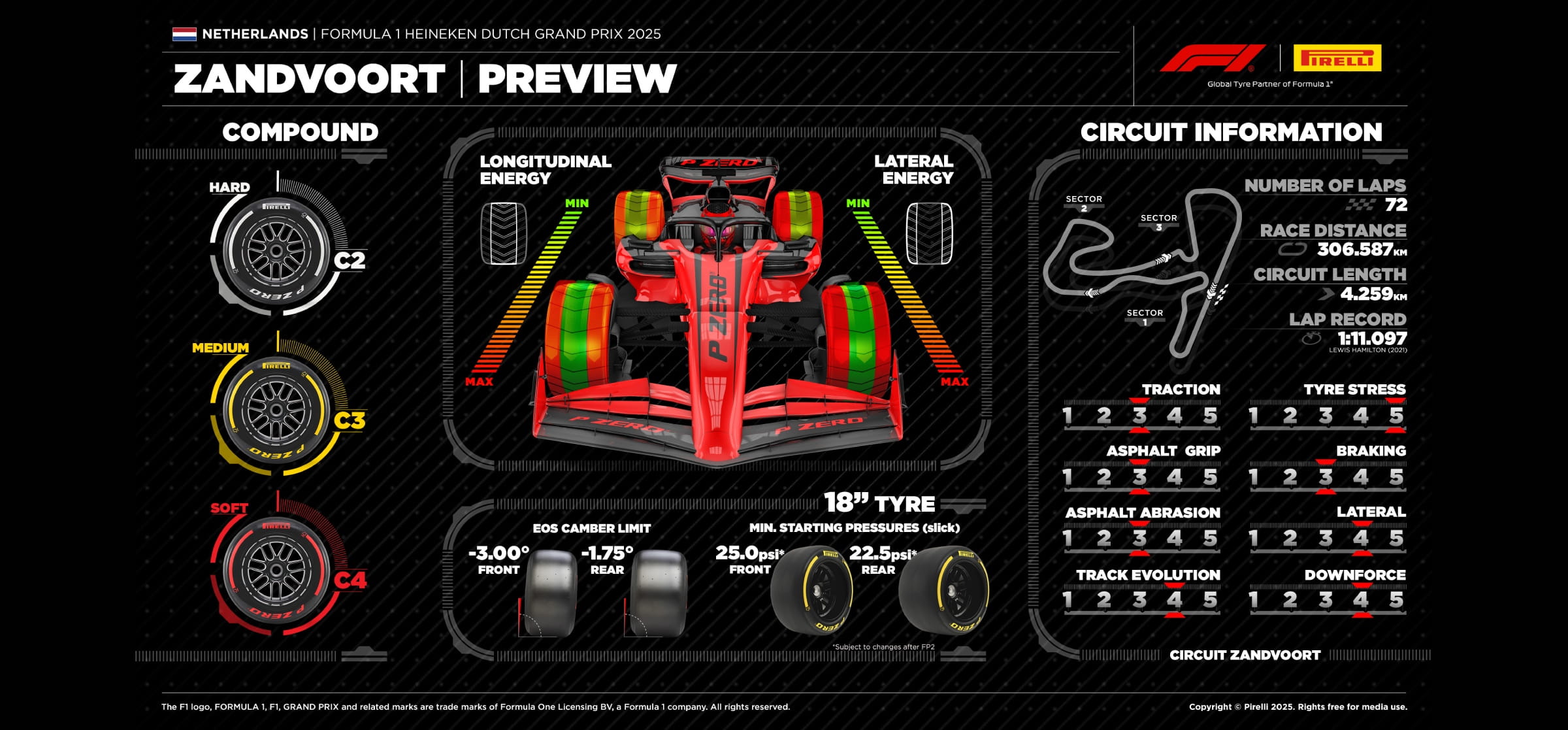
Pirelli's preview infographic for the 2025 Dutch Grand Prix
Circuit Zandvoort, Netherlands
Length: 4.259 kilometres
Number of laps: 72
Number of turns: 14
Tim Wright: “Zandvoort has a lot of high-speed corners, but it’s similar to the Hungaroring (in Hungary) in a sense.
“Straight-line speed is a bit more important here than it is in Hungary, but it’s still not that important how quick you are on the straights, as you spend so much time in the corners here in the Netherlands - and there are just two DRS zones with one long main straight.
“The banked corners are high-speed corners but they’re long in radius.
“So you might not be on your maximum rear wing, but close to that. Teams might take different approaches to their set-up here, depending on how important they think straight-line speed really is.

Tyre wear is a key consideration at Zandvoort, especially as Pirelli has brought softer compounds to this year’s race
“The banked corners impart a lot of lateral load on the tyres, which causes deformation and therefore tyre wear.
“It’s a tough time for the tyres here and the banking only exacerbates that as you’d go faster than you would in a corner with the same curvature, but without the banking.
“That’s because gravity is helping pull the car towards the inside of the turn, taking some of the strain off the tyres.
“Zandvoort isn’t actually a huge challenge to determine set-up, as in Hungary or Monaco: the decisions are made for you here.”
.png?cx=0.5&cy=0.5)
